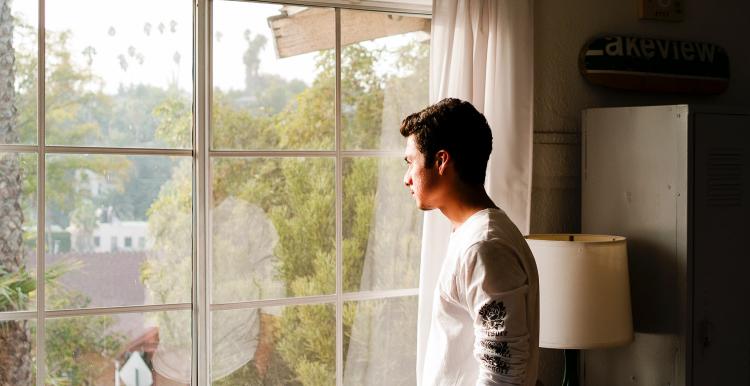What is SAD and how can you manage it?

The seasonal nature of SAD means that symptoms are often overlooked or dismissed, with those suffering unaware that they have the condition or unsure where they can turn for support.
Here's what you should know about SAD and how to care for yourself or someone else experiencing it.
Why do people get SAD?
Mental health professionals point to the decrease in daylight hours and worsening weather as some of the triggers for SAD. According to the NHS, you are also more likely to suffer from SAD if you have a family member with the disorder or a mental health condition such as depression.
The NHS explains that SAD, sometimes known as "winter depression", is usually more apparent and severe during the winter. Some SAD sufferers experience it during the summer.
If you need support now...
Whatever you're going through, Samaritans will face it with you. They're available 24 hours a day, 365 days a year, call 116 123 for free.
What signs should we look out for?
If you think you may be living with Seasonal Affective Disorder, these are some of the signs that you should be looking out for:
- a loss of interest in everyday activities
- feeling anxious or irritable
- sleeping for longer than usual and finding it hard to get up
- an inability to sleep despite low energy levels
- increased appetite and craving for stodgy or sugary carbohydrates
- finding it hard to stay connected with family and friends
- not wanting to go outside
Are you sure it’s Seasonal Affective Disorder?
While SAD is a seasonally triggered mental health condition, don't dismiss feelings of depression or anxiety if you find symptoms persist longer than the winter season. It's normal to have good and bad days.
If you're having more bad days than good and feel down for extended periods, seeking further support from healthcare professionals is advised.
How do you manage Seasonal Affective Disorder?
- Make the most of daylight hours. Exposure to natural light can boost serotonin and melatonin levels, lifting our moods and improving our sleep. If you can position yourself near a window indoors or get out for a brief walk during the day, you're encouraged to do so.
- Keep your space bright and airy. Ensure your work and home environments are as light and airy as possible. These spaces should be comfortable and supportive of work or relaxation.
- Stay active. Exercise releases endorphins. Getting outside during daylight hours or exercising indoors briefly can positively impact your mental health and overall well-being.
- Eat well to stay well. When we're feeling low, cooking and eating aren't priorities, and we gravitate towards 'unhealthier' or convenient food choices. Avoid alcohol and processed foods in favour of nutrient-dense foods packed with vitamins that boost your energy levels and support your physical and mental well-being.
- Reach out. Keeping connected with friends and family can be more of a challenge when we feel isolated or low, but reaching out and talking to someone you trust, whether a friend, family member, colleague or healthcare professional, about how you are feeling can open avenues to more support.
Do you need extra support?
If you feel that you need further support to manage SAD or more advice on how to care for yourself or someone else, take a look at these helpful resources:
What is seasonal affective disorder (SAD)? - Mind
NIMH » Seasonal Affective Disorder (nih.gov)
Seasonal Affective Disorder (SAD) (mentalhealth.org.uk)
Six self-help tips for seasonal affective disorder (SAD) (bupa.co.uk)

